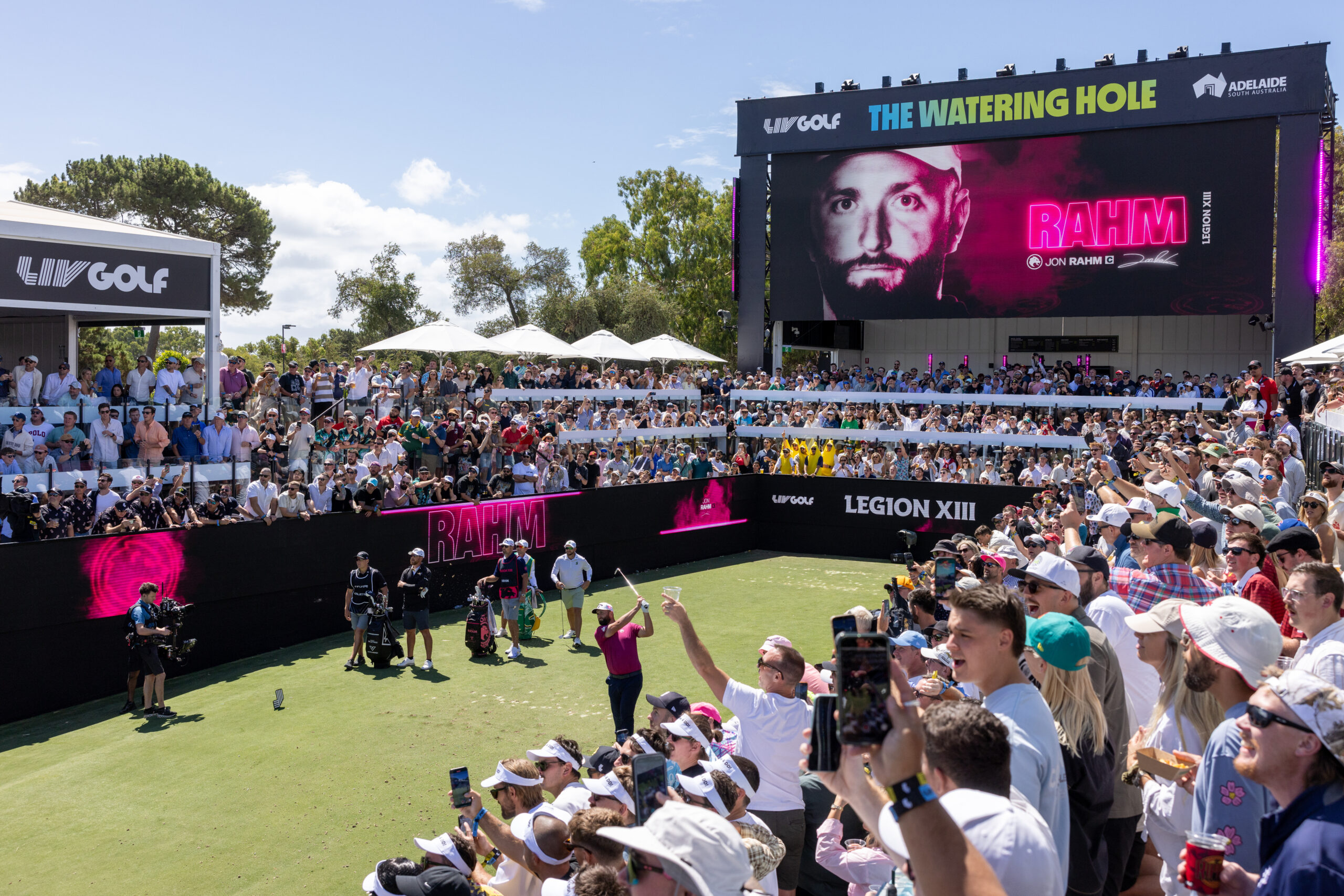Digital Migration
At Behind the Volt, we’ve seen how going digital unlocks flexibility, impact, and real value for everyone, from fans to rights holders.
I’ve been thinking a lot about how slowly live events have embraced digital surfaces—and why.
We all watched print media evolve. Newspapers, magazines, billboards – migrated to digital. It happened fast. But in the events world, that same shift stalled.
Why? At first, it was the usual suspects: cost, availability, reliability. But today? The only things holding us back are imagination and the willingness to innovate.
Look around: F1 has gone full digital with its podiums; Football and cricket stadiums are surrounded by LED ribbons; Even golf—once the stronghold of static signage and picket fences—is evolving with immersive surfaces and curated content trails.
But most events are still printing site maps that get updated the night before; are still mounting giant static images that go straight into a skip when the gates close; and are still spending money on things that don’t scale, can’t flex, and won’t return.

Here’s what digital surface migration unlocks:
- Sustainability – No more waste from last-minute signage changes or reprints
- ROI – Dynamic content means more sponsor impressions, real-time messaging, sellable time slots, and localisation.
- Flexibility – Change content instantly based on crowd flow, weather, game dynamics, or promotions.
- Fan engagement – Real-time, relevant content keeps audiences informed, entertained, and immersed
- Viewer experience – Digital surfaces elevate the broadcast and in-person aesthetic and add visual energy to every viewing angle
Why? At first, it was the usual suspects: cost, availability, reliability. But today? The only things holding us back are imagination and the willingness to innovate.
Look around: F1 has gone full digital with its podiums; Football and cricket stadiums are surrounded by LED ribbons; Even golf—once the stronghold of static signage and picket fences—is evolving with immersive surfaces and curated content trails.
But most events are still printing site maps that get updated the night before; are still mounting giant static images that go straight into a skip when the gates close; and are still spending money on things that don’t scale, can’t flex, and won’t return.
